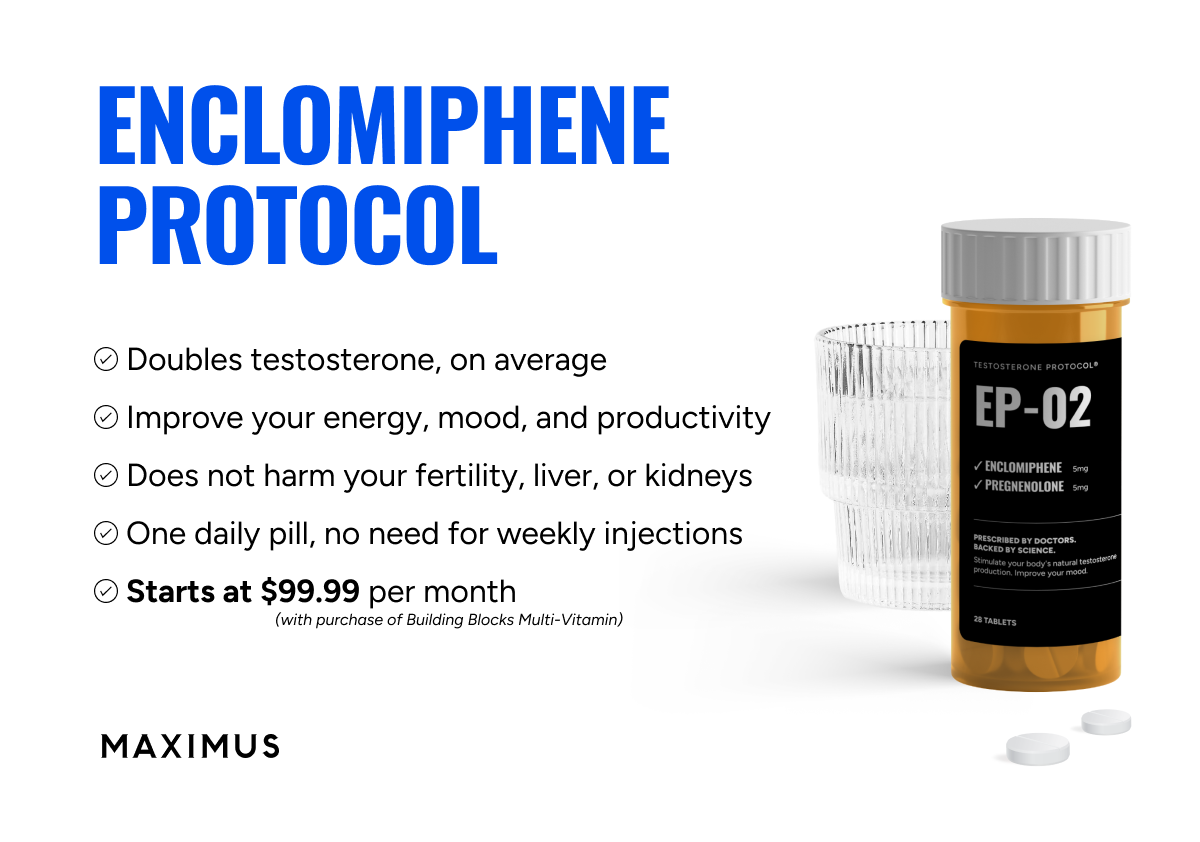I've floated the general idea that some of the problematic aspects of TRT could be more closely tied to average testosterone levels, while more of the benefits may relate to peak levels. It's pure speculation, but I'd like to interest guys in testing the idea with something easily quantified, such as hemoglobin and hematocrit.
The way it works is you start with frequent injections of a longer ester, such as cypionate. This should result in pretty stable serum levels. At this baseline H&H are measured, along with testosterone and SHBG. The next step is to experiment with daily doses of propionate, or a combination of propionate and a longer ester. The doses are adjusted so the daily testosterone peaks are similar to what was achieved with the longer ester alone, but the average is lower. For example, if TT of 800 ng/dL was achieved on cypionate alone, then with the ester combination one might have a peak TT of 800 ng/dL, an average of 650 ng/dL, and a daily trough of 500 ng/dL. Will H&H go down on the lower average dose without a return of low-T symptoms?
I've run both protocols myself, with the data trending the opposite of what is hoped for. But there are confounding factors in my case, such as variations in training intensity.
Edit: Nelson
posted an article on sleep apnea and polycythemia. The first sentence says "Polycythemia (erythrocytosis) is a known side effect of testosterone (T) replacement therapy (TRT) and appears to correlate with maximum T levels." If true, it contradicts my premise with respect to this particular side effect. So far I haven't found the full article text to see if there's a strong basis for the statement.
Edit2:
This study is more supportive of my suggestions. It compares testosterone undecanoate, testosterone enanthate, and pellets. If hematocrit were more dependent on peak values then you might think that enanthate would fair the worst. However, the pellets gave the highest values, and the authors "conclude that, T..., stimulates erythropoiesis in a dose dependent manner."













